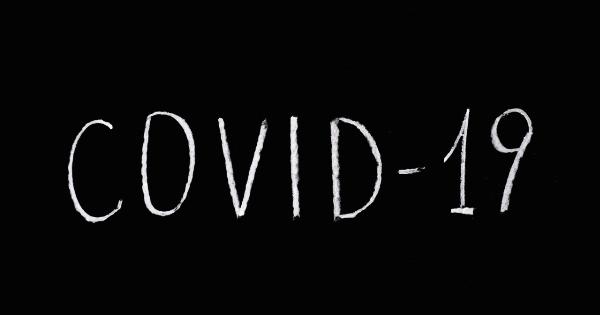Public health interventions are actions that are taken to promote the health and well-being of individuals, communities, and populations.
These interventions can range from simple measures such as vaccination to complex programs such as community health education campaigns. One of the key elements of public health interventions is the health contract, which defines the rights and responsibilities of individuals and society in protecting and promoting health.
In this article, we will discuss the concept of the health contract and explore some key public health interventions.
What is the Health Contract?
The health contract is a social agreement between individuals and society that defines the rights and responsibilities of each party in promoting and protecting health.
According to this contract, individuals have the right to expect a certain level of health and access to healthcare services, and society has the responsibility to provide these services and create conditions that promote health. At the same time, individuals have certain responsibilities to maintain their own health, such as practicing healthy behaviors and following medical advice.
Public Health Interventions
Public health interventions can be divided into several categories, including preventive interventions, therapeutic interventions, and health promotion interventions.
Preventive Interventions
Preventive interventions are measures that are taken to prevent diseases or injuries from occurring. Examples of preventive interventions include vaccinations, screening tests, and environmental protections such as regulations on air and water quality.
These interventions are often aimed at specific populations, such as children or people with specific medical conditions, and are designed to reduce the risk of a particular health problem.
Therapeutic Interventions
Therapeutic interventions are measures that are taken to treat a health problem or condition. These interventions can range from minor procedures such as wound care to major surgeries such as organ transplants.
They may also include medication therapies, rehabilitation programs, and other approaches that are designed to manage or cure a particular health problem. Therapeutic interventions are typically aimed at individuals who have already developed a health problem and are seeking treatment.
Health Promotion Interventions
Health promotion interventions are measures that are taken to promote overall health and well-being.
These interventions can range from individual-level interventions such as nutrition counseling or smoking cessation programs to community-level interventions such as policies that promote physical activity or healthy eating. Health promotion interventions are often aimed at specific populations, such as youth or seniors, and are designed to promote healthy behaviors and reduce the risk of disease and injury.
Examples of Public Health Interventions
There are many examples of public health interventions that are aimed at promoting health and well-being. Here are some examples:.
Vaccinations
Vaccinations are preventive interventions that have been instrumental in reducing the incidence of many infectious diseases, including measles, mumps, rubella, polio, and smallpox.
Vaccinations work by introducing a small amount of a virus or bacteria into the body, which triggers an immune response and prepares the body to fight off the disease if it encounters it in the future. Vaccinations are typically administered to children as part of routine healthcare, but adults may also need to be vaccinated in certain circumstances.
Screening Tests
Screening tests are preventive interventions that are used to detect the early signs of a disease or condition. Examples of screening tests include mammograms for breast cancer, Pap tests for cervical cancer, and colonoscopies for colon cancer.
Screening tests are typically recommended for individuals who are at higher risk for a particular disease or condition, such as those with a family history of cancer or those who are over a certain age. Early detection through screening can be lifesaving for some conditions.
Smoking Cessation Programs
Smoking cessation programs are health promotion interventions that are designed to help individuals quit smoking. Smoking is a major risk factor for many chronic diseases, including heart disease, lung disease, and cancer.
Smoking cessation programs may include individual counseling, group therapy, or medication therapy, and are often tailored to the specific needs of the individual using them.
Community Health Education
Community health education programs are health promotion interventions that are designed to educate individuals and communities about healthy behaviors and lifestyle choices.
These programs may include workshops, seminars, or informational materials such as brochures or videos. Community health education programs may be focused on a variety of topics, including nutrition, physical activity, stress management, and disease prevention.
Conclusion
Public health interventions are key to promoting and protecting health in individuals, communities, and populations.
Through a combination of preventive, therapeutic, and health promotion interventions, public health professionals can help individuals live healthier, longer lives. The health contract serves as an important framework for understanding the rights and responsibilities of individuals and society in promoting and protecting health.
By working together, individuals and society can create healthier, more resilient communities.






























